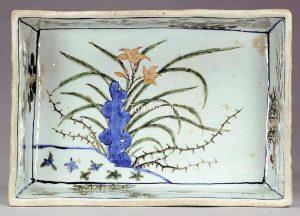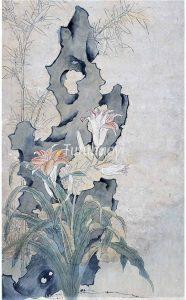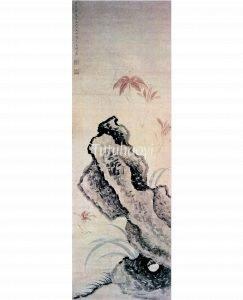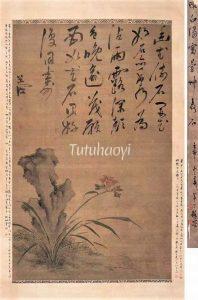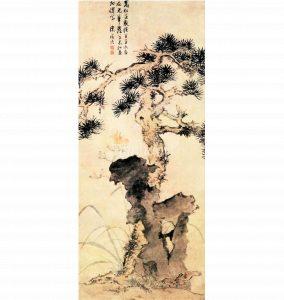Happy Birthday, Mother!
萱寿
© Tutuhaoyi.com owns the copyright of the description content for the images attached. Quoting all or part of the description content on this page is permitted ONLY IF ‘Tutuhaoyi.com’ is clearly acknowledged anywhere your quote is produced unless stated otherwise. (本页描述内容版权归Tutuhaoyi.com所有,转发或引用需注明 “Tutuhaoyi.com”, 侵权必究, 已注开源信息的条目除外。)
How the daylily, whose Chinese name is ‘xuan 萱’, came to become a symbol for motherhood in Chinese culture is explained in the blog ‘Cultural Differences in the Symbolic Meaning of Lily’. The daylily can be combined with butterflies to create the pun rebus design ‘Xuan Die Tu 萱耋图’, meaning ‘May Mother live up to a ripe old age’. This potent feminine symbol can also be paired with longevity symbols in Chinese culture such as the so-called ‘longevity rock’, shoushi 寿石 in Chinese, and pine trees to form a variation on the same theme: Xuan Shou Tu 萱寿图, which conveys the most elegant birthday wishes to Mother.
literature research by Dr Yibin Ni
Fig 1: porcelain dish with underglaze blue decoration, Yongzheng period (1723–35), Qing dynasty, courtesy of Hangzhou Municipal Museum, China
Fig 2: inkstone, Qianlong period (1736–95), Qing dynasty, courtesy of the National Palace Museum, Taipei
Fig 3: inkstone, Qianlong period (1736–95), Qing dynasty, courtesy of the National Palace Museum, Taipei
Fig 4: hanging scroll, colour on silk, Flowers and Rocks (detail), Lu Zhi (1496–1576), Jiajing period (1522–66), Ming dynasty, courtesy of the Cleveland Museum of Art
Fig 5: rectangular plate with underglaze blue and overglaze enamelled decoration, Wanli period (1573–1620), Ming dynasty, courtesy of Tokyo National Museum
Fig 6: hanging scroll, ink and colour on paper, Chen Hongshou (1598–1652), courtesy of the National Palace Museum, Taipei
Fig 7: hanging scroll, ink and colour on paper, Wen Shu (1595–1634), courtesy of Palace Museum, Beijing
Fig 8: hanging scroll, ink and colour on paper, Chen Chun (1483–1544), collection unknown
Fig 9: hanging scroll, ink and colour on paper, Chen Chun (1483–1544), collection unknown




